American High way is a dangerous place, so we have to learn to drive better and safely.
>
But there is a way to elevate your on-road education, and, ironically, it’s on a race track, where it’s safer to test the limits of your car. Schools like Skip Barber are the higher learning institutions to your high school Driver’s Ed class, a place where the lessons learned provide a more nuanced understanding of how a car performs. Also key: the track provides the luxury of trial and error (read: spins and cutting across the grass embankments).
Skip Barber offers a range of advanced driving schools, but I signed up for the three-day MX-5 racing school at Road Atlanta. In other classes you can drive Porsches and formula race cars, but when it comes to finding the limits of a car at relatively safe speeds, the Mazda MX-5 has no equal. And with Road Atlanta’s mix of long straights, sweeping esses and tight turns, there are few better places to stretch a car’s legs and see how far you can take it through the turns. Over the course of three days, students were given various rev limits and told not to go above certain gears in order to keep our speed in check until we got used to the cars and to the track. Each successive day the rev limit was raised and we were eventually free to use higher gears. Thanks to that gradual build-up, the in-class instruction and on-track exercises and coaching, I now feel much more comfortable behind the wheel out in the real world, prepared for those distracted drivers.
Highlights from Day One
Getting Acquainted
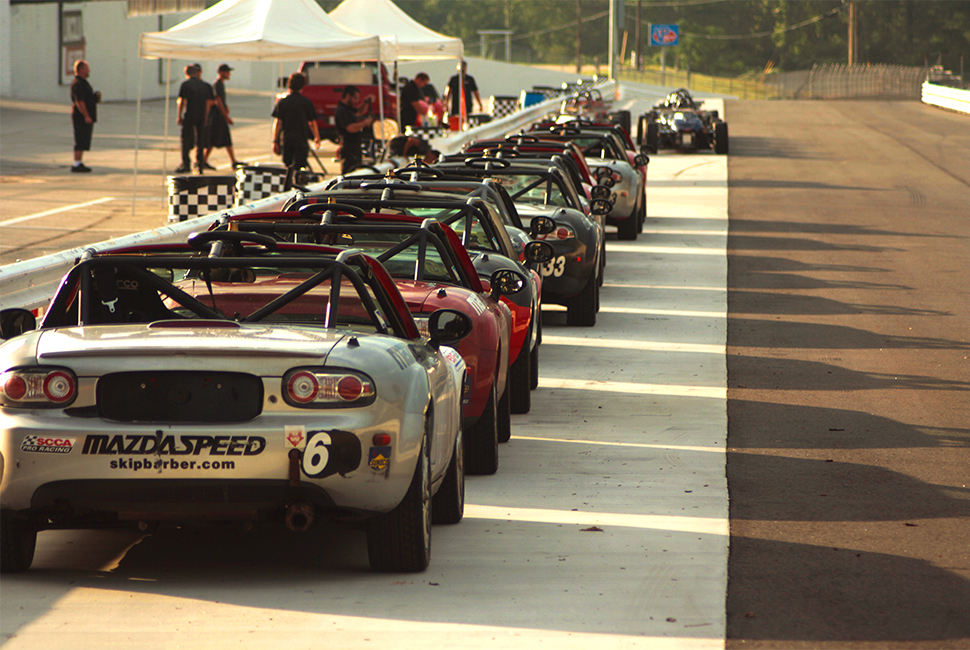
The first day is essentially a meet-and-greet, not only with the instructors and other classmates, but with the car and track.
Following a brief overview of the track, the class heads out to the pit lane to get acquainted with our assigned cars. It seems trivial, but making sure your seat, steering wheel and all mirrors are positioned well allows you to become comfortable, faster, when driving the car. If you’re uncomfortable simply parked in the pit lane, trying to thread through Road Atlanta’s downhill left-right-left-right section is exponentially more difficult.
Before we hit the main track, we turn laps on the autocross track and the skid pad. The tight autocross turns demonstrate the car’s limits of grip, even though I never exceed 30 mph. Conversely, a skid pad lets us experience what happens when the car breaks traction and starts to spin (also only at around-town speeds). Out on the soaking wet skid pad, when your car’s backend breaks free, you counter-steer to catch it and bring it back. If you catch it, great. If you don’t, no big deal. Just turn around and have another go. Learning to regain control where there aren’t any curbs, light posts, other cars or pedestrians to worry about is reassuring, and learning to catch a slide when your car loses traction — and then committing it to muscle memory — is probably better insurance than that high deductible plan.
Highlights from Day Two
Find the Car’s Limits by Testing Them
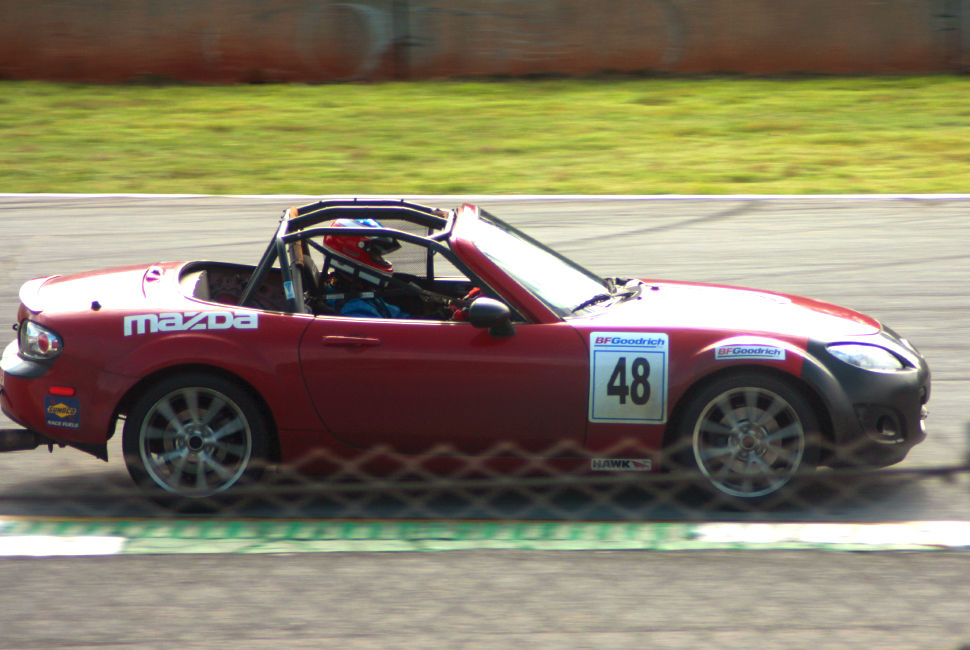
Rounding an exit ramp or coming around a blind curve is no time to test how well your car accelerates or stops. On the second day we practice “threshold braking,” or braking to the point where the tires almost lock up. It’s a fantastic opportunity to maliciously stomp on the brakes and see what happens.
In the middle of the track’s back straight, instructors set up cones to mark where we stop before heading down into a tight right-hand turn at full speed. This is to test the limits of the car’s anti-lock braking system. At the designated braking point, I kick the brake pedal and hold down as hard as I can. Familiarity with how ABS affects steering and handling is good to have in your back pocket.
Between steering, braking and accelerating, your tires can only do so much work at any given time. The trick is to find a comfortable balance to keep the car settled, distributing the work across all four tires appropriately.
Highlights from Day Three
The third and final day of the course is mostly open lapping sessions. No stop box, no exercises, just circling the track and getting feedback from the instructors watching from the sidelines.
By day three the only limits are our own. No self-imposed rev limits or gear restrictions. We can finally go all out. But, it’s more than just trying to set fast laps around Road Atlanta. Getting in a groove and piecing the previous two days’ lessons together all while building up speed was the ultimate test. Handling and controlling heavy machinery at high speeds are the skills that you never learned in Driver’s Ed — the skills that can give you a fighting chance on real roads.
[Source : http://gearpatrol.com/2016/08/31/how-to-drive-more-safely/]
Related posts:
No related posts.
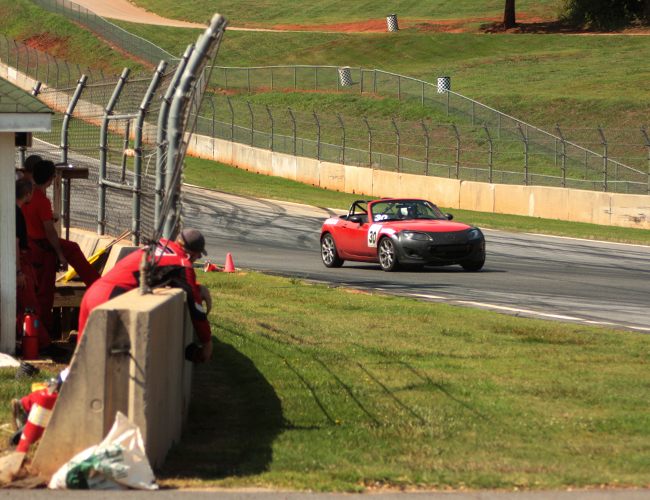
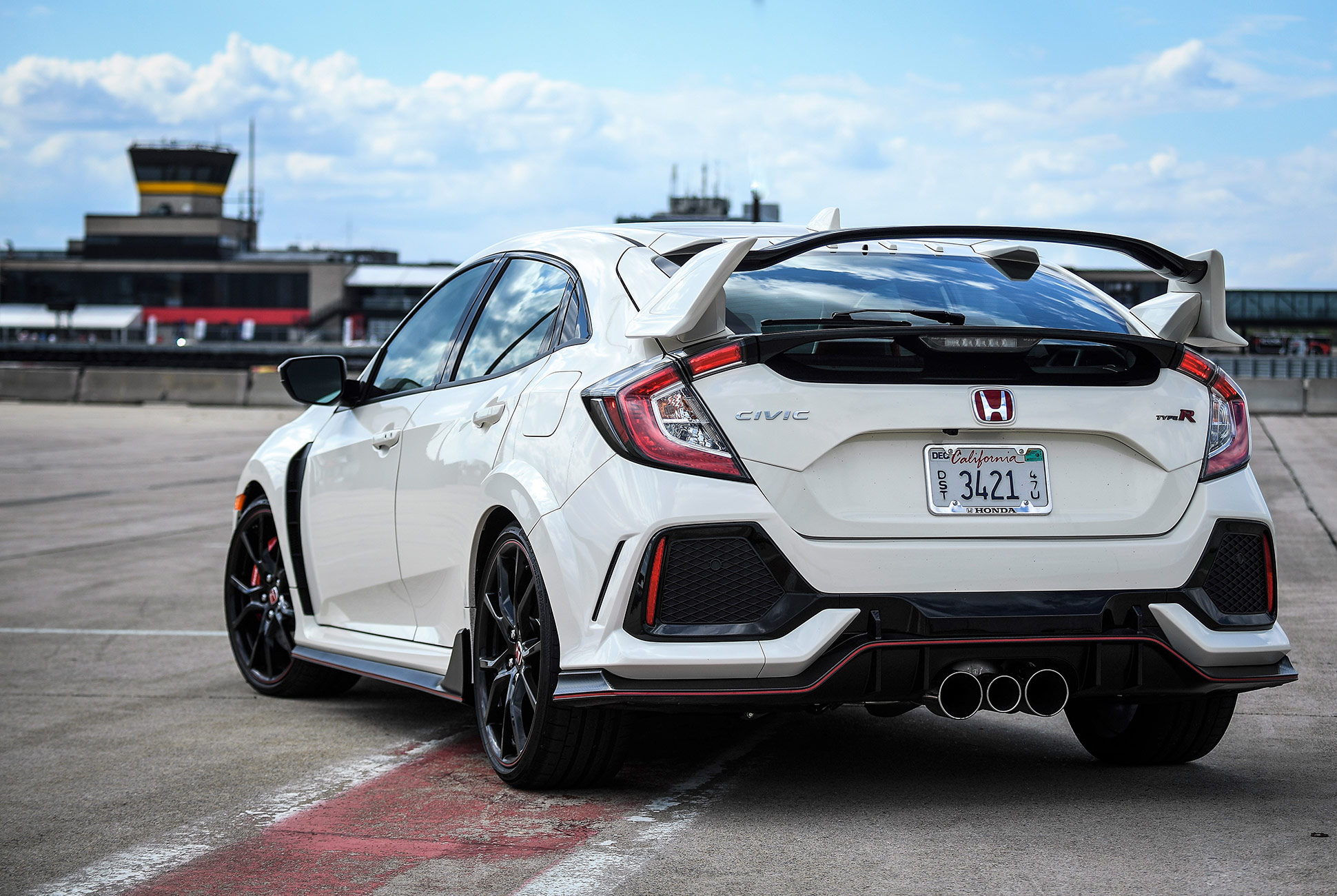
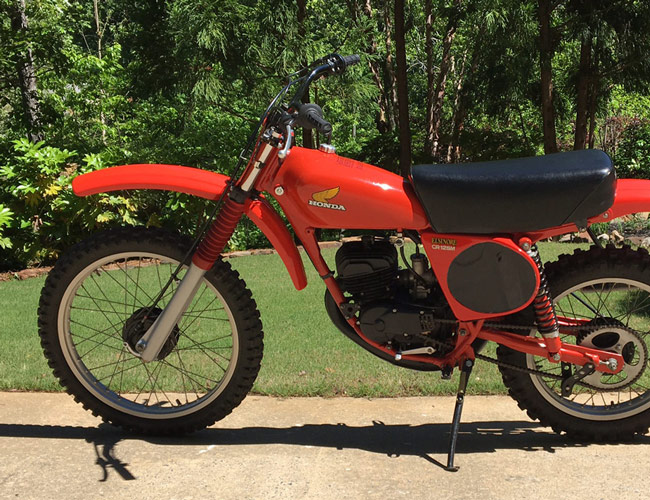
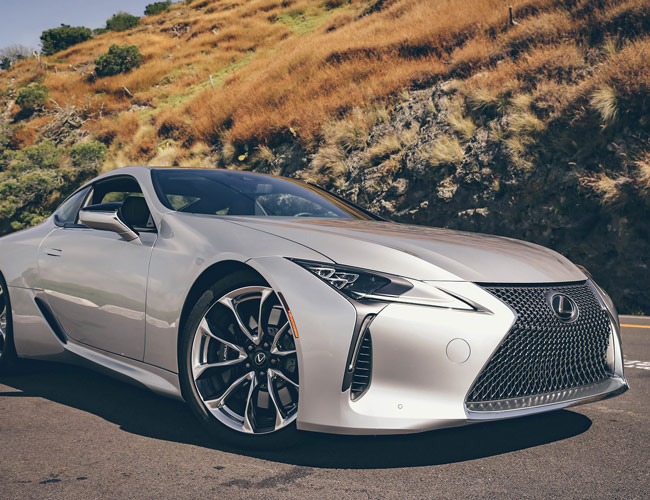


Recent Comments